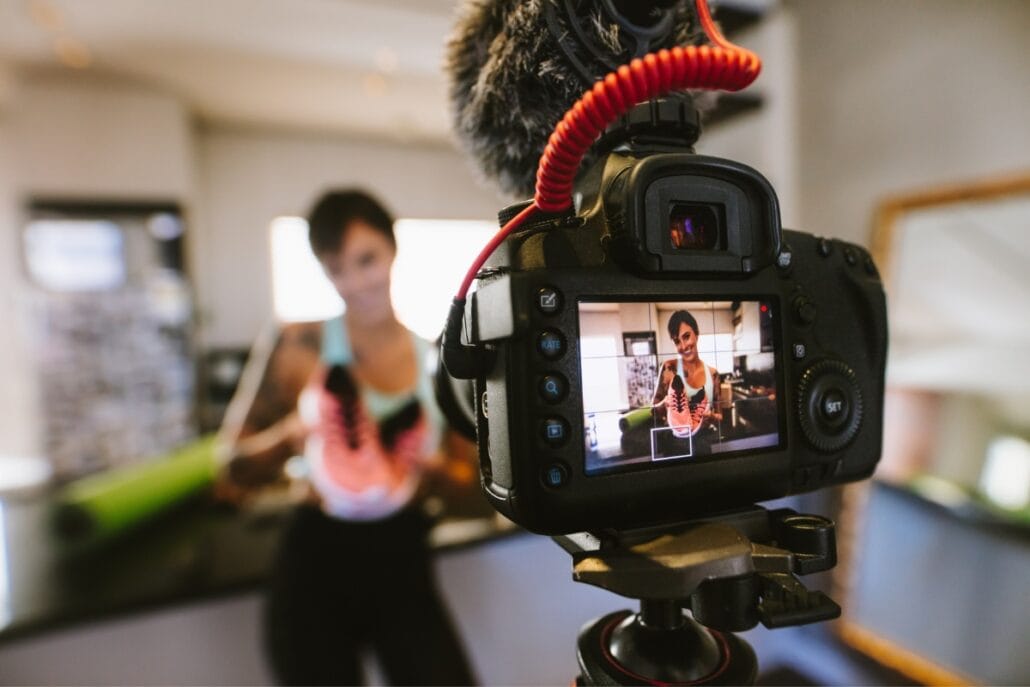In today’s fast-paced digital world, creating unique, engaging, and relevant content for your brand is a never-ending challenge. To maximize your reach and make the most of your resources, you need to think beyond the traditional blog post or social media update. This is where content repurposing comes in – the process of taking existing content and transforming it into different formats to reach a wider audience across various platforms. In this blog post, we’ll dive into the ins and outs of repurposing your content effectively for YouTube, Snapchat, Instagram, Twitter, and TikTok.
Understand Your Target Audience
Before repurposing content, it’s crucial to understand who your target audience is and the platforms they’re most active on. Analyze your current audience demographics and conduct market research to determine their interests, preferences, and habits. This will help you create content that resonates with them and increases engagement.
Choose the Right Content to Repurpose
Not all content can or should be repurposed. To determine which pieces will work best, consider the following:
- Evergreen content: Timeless content that remains relevant and valuable for an extended period.
- High-performing content: Content that has generated significant engagement, such as likes, shares, comments, or views.
- Comprehensive content: In-depth pieces, like long blog posts or whitepapers, can be broken down into smaller, digestible formats.
Master the Art of Content Adaptation
Adapting your content for each platform requires an understanding of the unique features, limitations, and audience preferences of each social media outlet. Here’s a breakdown of how to repurpose your content for YouTube, Snapchat, Instagram, Twitter, and TikTok:
YouTube
The largest video-sharing platform, YouTube is perfect for repurposing long-form content like webinars, podcasts, or interviews. Here’s how:
- Transform blog posts into video scripts: Turn your popular blog posts into engaging videos by creating a script and using visuals, animations, or live footage to supplement the information.
- Break down webinars or interviews: Edit long-form content into shorter, standalone videos, focusing on specific topics or themes.
- Create how-to videos: Turn your instructional content into step-by-step video tutorials or demonstrations.
Snapchat
With its short-lived, ephemeral nature, Snapchat is ideal for repurposing content into bite-sized pieces. Here are some ways to utilize this platform:
- Turn blog posts into Snap Stories: Break down your long-form content into a series of Snaps, using visuals and short captions to convey the key points.
- Share behind-the-scenes footage: Show your audience the human side of your brand by repurposing content, like event footage or interviews, into a candid Snapchat Story.
- Use Snap Ads to promote your content: Take snippets from your videos, blog posts, or podcasts and create Snap Ads to drive traffic to your website or other platforms.
With a focus on visual storytelling, Instagram offers multiple formats to repurpose your content. Here are some strategies to consider:
- Instagram Feed: Transform your blog posts, infographics, or other visual content into eye-catching Instagram posts with concise captions.
- Instagram Stories: Break down your content into bite-sized pieces and share it through Stories, using interactive elements like polls or questions to engage your audience.
- Reels: Create short, entertaining videos repurposing content from blog posts, podcasts, or other sources, using the Reels format to showcase your brand’s personality and expertise.
With its fast-paced, real-time nature, Twitter is ideal for repurposing content into concise, engaging updates. Here’s how to make the most of this platform:
- Share snippets from blog posts: Extract key points or quotes from your blog posts and share them as tweets, linking back to the full article.
- Create Twitter threads: Break down your long-form content into a series of connected tweets to make it more digestible and shareable.
- Use visuals to enhance your tweets: Turn your infographics or other visual content into images or GIFs to accompany your tweets, increasing engagement and shareability.
- Host Twitter Spaces: Transform your podcasts or webinars into live audio conversations on Twitter Spaces, encouraging real-time interaction and discussion with your audience.
TikTok
As the platform for short, creative video content, TikTok offers unique opportunities to repurpose your content and showcase your brand’s personality. Here are some tips:
- Create short, engaging videos: Repurpose your blog posts, podcasts, or other content into fun, informative, and creative 15-60 second videos.
- Use TikTok trends and challenges: Adapt your content to participate in popular trends or challenges, making it more shareable and increasing your reach.
- Collaborate with influencers: Partner with TikTok influencers to create content that showcases your brand’s expertise or products in a unique and engaging way.
Track and Measure Your Success
To ensure your content repurposing efforts are effective, track and measure your success across each platform. Use analytics tools to monitor engagement metrics such as likes, shares, comments, and click-through rates. Analyze your results and adjust your strategy accordingly to maximize your reach and impact.
Maintain Consistency and Cohesion
While repurposing your content across different platforms, it’s important to maintain a consistent brand identity and messaging. Ensure that your content’s tone, style, and visuals are cohesive, making it easily recognizable and reinforcing your brand image.
Conclusion
Content repurposing is an invaluable strategy for making the most of your resources and extending your reach across multiple platforms. By understanding your audience, choosing the right content, and mastering the art of content adaptation for YouTube, Snapchat, Instagram, Twitter, and TikTok, you can drive engagement, increase brand awareness, and maximize the impact of your digital marketing efforts. Remember to track your success, maintain consistency, and be prepared to adjust your strategy based on your results. With these tips in hand, you’ll be well on your way to effectively repurposing your content and conquering the world of social media.





